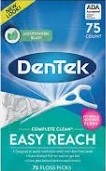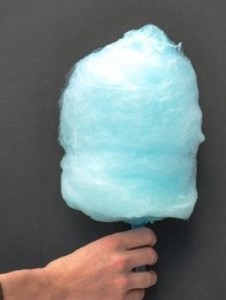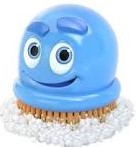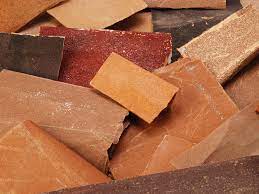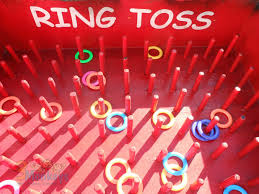My granddaughter has a fancy starter piano with eight colorful keys. A flip of the switch and she can play musical notes, animal sounds, or hear the colors of the rainbow. She’s not even a year old so she pounds more than plays, creating a chorus of owls, frogs, birds, and rabbits. Those four I can handle. But every now and then she throws in a squirrel and the hairs on my neck stand at full attention.

Maybe you agree; it’s a little odd to include a rabbit in keyboard animal sounds (does a rabbit even make a sound?) Admittedly, the little piano trill conjures a furry friend with a twitching nose. On the other hand (paw?) the squirrel sound is a toneless gnawing burst, sounding very similar to the real squirrels who sharpen their teeth on my metal gutters. Whoever created this keyboard is having a good laugh at my expense. “Let’s see; I have the entire animal kingdom at my fingertips and I only need to come up with eight sounds. Let’s go with a squirrel!”

You sense my wrath already (and I’ve only logged a couple of paragraphs). But here’s the thing. I’m sitting here at my kitchen table, typing away, and I can’t claim full concentration because I’m expecting the sound of rodent enamel on metal at any moment. Words fail to describe it. Just imagine the grind of a dull hand saw… back and forth, back and forth on the gutter.
It’s not like the squirrels don’t have other nearby options for hanging out. We have fence lines dividing our pastures; convenient raceways when the squirrels dash to their trees and back. And about those trees: dozens of pines and oaks, with broad branches inviting a squirrel nest or ten. So why is one of them always attracted to the heights of my house?
 The battle began last spring. The squirrel scampered happily across the peaks and valleys of my roof, pausing occasionally to gnaw a shingle or a gutter. Eventually he discovered one of my vent pipes tasted pretty good too, and realized with just a bit of mouth work he could open up access to the inside. Now we have a problem. I pictured all kinds of mayhem inside my attic: droppings, nests, stolen insulation, chewed electrical wires. It was time to take action.
The battle began last spring. The squirrel scampered happily across the peaks and valleys of my roof, pausing occasionally to gnaw a shingle or a gutter. Eventually he discovered one of my vent pipes tasted pretty good too, and realized with just a bit of mouth work he could open up access to the inside. Now we have a problem. I pictured all kinds of mayhem inside my attic: droppings, nests, stolen insulation, chewed electrical wires. It was time to take action.
 My initial defense was a complete failure. The former owner left a full-size plastic owl behind – one of those bobble-head figures that looks remarkably lifelike. So I placed the owl close to the house and watched through the windows. Bobble bobble. The squirrels hesitated from a distance, eventually crawled cautiously closer, then pretty much made friends with my plastic predator. I checked Mr. Hoots recently and noticed his ears had been chewed off.
My initial defense was a complete failure. The former owner left a full-size plastic owl behind – one of those bobble-head figures that looks remarkably lifelike. So I placed the owl close to the house and watched through the windows. Bobble bobble. The squirrels hesitated from a distance, eventually crawled cautiously closer, then pretty much made friends with my plastic predator. I checked Mr. Hoots recently and noticed his ears had been chewed off.
When yet another squirrel called “dibs” on my roof a few months later I knew it was time to get serious. Looked into my options and dropped a few bucks on a Crosman “American Classic” bolt action pellet pistol, a variable-pump long-barrel that looks more intimidating than it shoots. You drop in the ammo, pump a few times, and the compressed air blasts the pellet to kingdom come.

Now then, here’s why my pellet gun was about as effective as the bobble-head owl. One, my shaky hands have the gun pointing everywhere but directly at an annoying squirrel. Two, I’m old enough to need readers to align the sight at the end of the barrel. And three – and here’s the kicker – the impact of the pellet is nothing more than a gentle nudge. Seriously, these squirrels have so much fur and fat they could probably take a dozen pellets while pawing their little noses at me.

It’s a humble exchange – the squirrels and me. The first time I shot anywhere near one of them, I kid you not – he ducked. He was poised on my roof line staring down at me, wondering what the heck I was about to do, when suddenly BLAM! and my little pellet went whistling harmlessly over his head. Then came the ducking move and the amused stare, as if to say, “Missed me!”
So why do I still fire off a pellet every time a squirrel goes gnawing on my gutter? I think it’s one of those false senses of accomplishment. I take the shot, the shot misses, the squirrel relocates to the other side of the roof, and all goes quiet for another hour or two. Yep, I showed him.
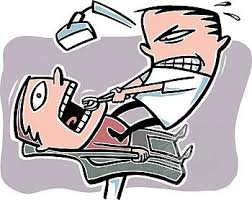 So the battle rages on. There will be future chapters to share in this space, and… and… and right on cue, there goes the hand saw again. Gnaw gnaw gnaw. Time to holster my American Classic and take my best shot again. Oh wait, hold the phone – heh – it’s just my granddaughter playing her little animal sounds over in the living room. I think I’ll go teach her a little something about dentistry and extract a piano key.
So the battle rages on. There will be future chapters to share in this space, and… and… and right on cue, there goes the hand saw again. Gnaw gnaw gnaw. Time to holster my American Classic and take my best shot again. Oh wait, hold the phone – heh – it’s just my granddaughter playing her little animal sounds over in the living room. I think I’ll go teach her a little something about dentistry and extract a piano key.


